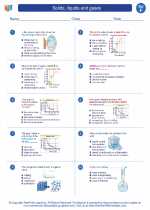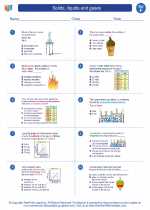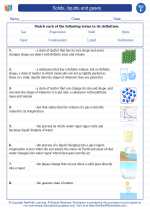Legumes
Legumes are a type of plant in the family Fabaceae, which includes a wide variety of beans, peas, and lentils. These plants have a unique ability to fix nitrogen in the soil, making them an important part of sustainable agriculture. Legumes are also a valuable source of protein, fiber, and essential nutrients in the human diet.
Characteristics of Legumes
- Nitrogen Fixation: Legumes have specialized nodules on their roots that house bacteria capable of converting atmospheric nitrogen into a form that can be used by plants.
- Protein Content: Legumes are rich in protein, making them an important source of plant-based protein for vegetarians and vegans.
- Diversity: The legume family includes a wide variety of plants, including beans (such as kidney beans, black beans, and chickpeas), peas (such as green peas and split peas), and lentils.
- Nutritional Value: Legumes are high in fiber, vitamins (such as folate and vitamin B), and minerals (such as iron and potassium).
Uses of Legumes
Legumes have been a staple food in many cultures for thousands of years. They are used in a variety of culinary dishes, including soups, stews, salads, and side dishes. Additionally, legumes are an important crop for crop rotation and soil improvement in agriculture.
Study Guide
Here are some key points to remember when studying legumes:
- What is the family name of legumes?
- What is the significance of nitrogen fixation in legumes?
- What are some examples of legumes commonly used in cooking?
- What are the nutritional benefits of including legumes in the diet?
- How are legumes important in sustainable agriculture?
Understanding the importance of legumes in agriculture and nutrition is essential for appreciating their role in human culture and the environment.
.◂Science Worksheets and Study Guides Sixth Grade. Solids, liquids and gases

 Activity Lesson
Activity Lesson
 Worksheet/Answer key
Worksheet/Answer key
 Worksheet/Answer key
Worksheet/Answer key
 Worksheet/Answer key
Worksheet/Answer key
 Vocabulary/Answer key
Vocabulary/Answer key
 Vocabulary/Answer key
Vocabulary/Answer key
